Greenland is well positioned for future trade, tourism and mining growth, but first needs reforms
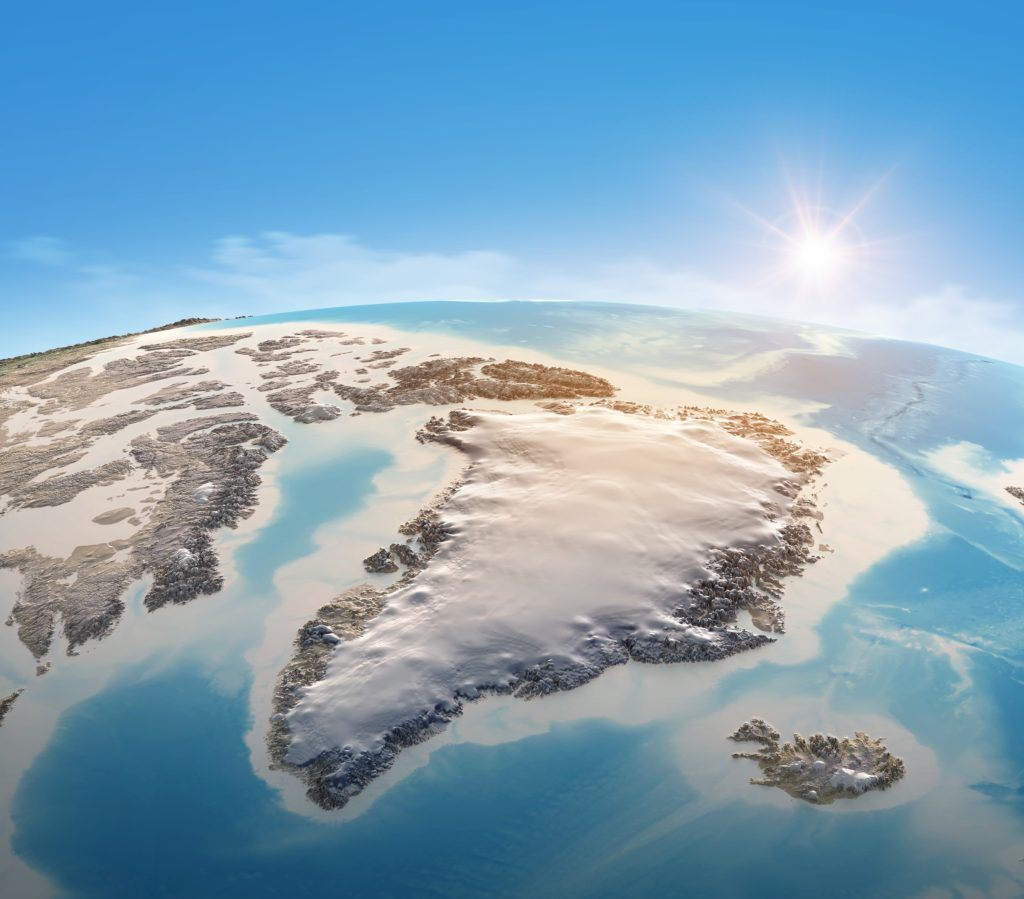
The European Union sent clear signals about Greenland’s strategic and economic importance to Europe and to the future of the Arctic region when it opened its first office in Nuuk, Greenland’s capital, in mid-March.
Ursula von der Leyen, President of the European Commission, attended the opening of the new office in person. At the time of the visit, von der Leyen’s trade and international partnerships adviser said the new office and impending collaboration with Greenland will enable Europe to access the critical raw materials the EU needs for the green energy transition.
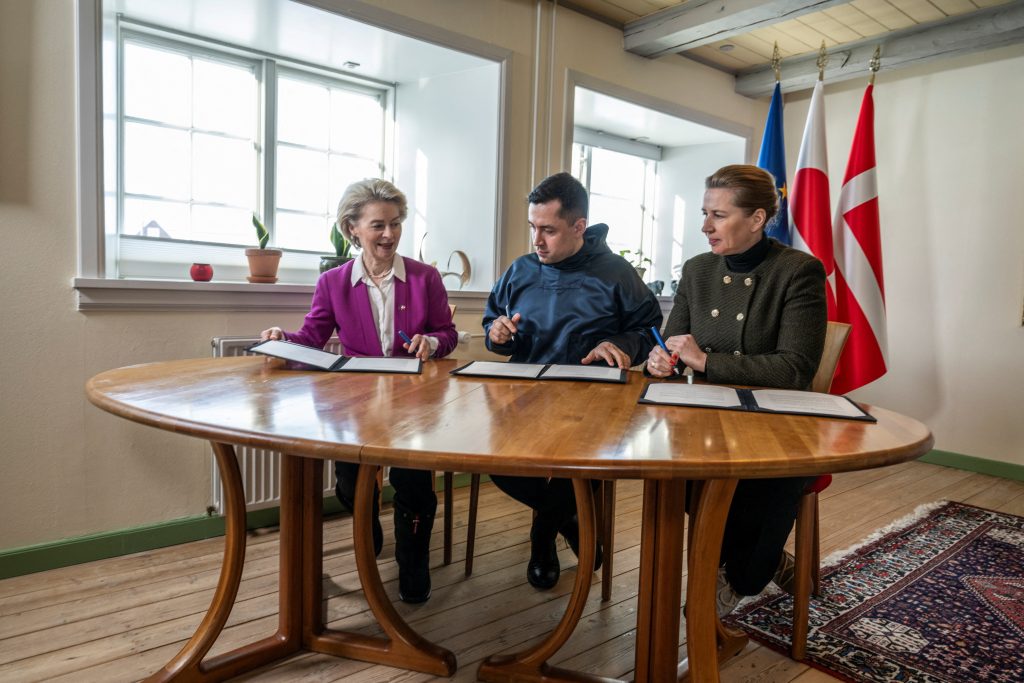
Tomas Baert, the special adviser to von der Leyen, said Greenland has about 25 “of the [34] strategic and critical raw materials that we have defined as being critical or strategic in the EU. So there is enormous potential, but it is very much a question now of making that a reality. We are still at a fairly early stage when it comes to the exploration and the investments that are needed.”
The Commission and Greenland signed a partnership agreement in November 2023, which the EU said would be with “full respect” for Greenland, and that the EU would bring partnership, knowledge and create value locally for Greenlanders. “We are not looking to simply, let’s say, extract and run,” as China and other countries have done, Baert said.
He told Greenlanders: “Even if you’re not part of the European Union, you’re part of Europe.”
Greenland is a self-governing region within the Kingdom of Denmark, though their histories have been intertwined for centuries. It became a Danish colony in 1721, a Danish County in 1953, and in 1979 home rule was granted. Greenland began to self-govern in June 2009. Given its relationship with Denmark, Greenland became a member of the EU in 1973, though it exited the EU in 1985 following a referendum in 1982.
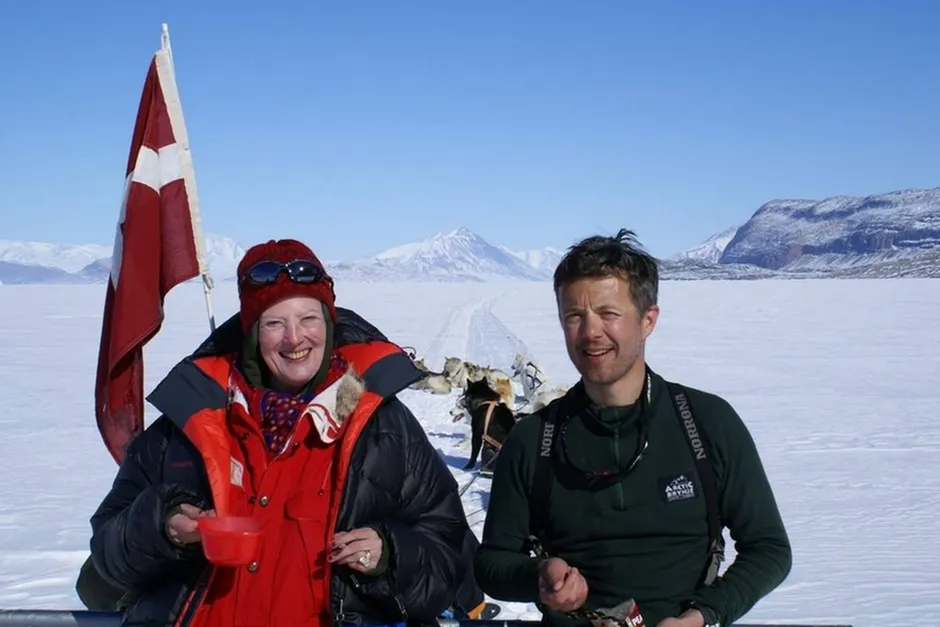
Mining
Mining for critical minerals in Greenland is at an early stage, but it is very much on the agenda for future economic growth in Greenland and its 56,000 inhabitants, said Christian Keldsen, Director of the Greenland Business Association.
While many of the minerals the world needs for green energy infrastructure can be found on the frozen island, 80% of which is covered by the Polar ice cap or glaciers, mining companies will have challenges doing business in Greenland.
Mads Qvist Frederiksen, Executive Director of the Arctic Economic Council, identified three of the biggest challenges.

The Greenlandic government owns all of the island’s land; most of the largest companies in Greenland are state owned and monopolies; and certain costs, like electricity, are not market-driven but are the same for everyone, whether they live in Nuuk where half of Greenland’s population resides or a village with two residents.
While these reforms are not currently being discussed, the longer-term wish for independence from Denmark and the economic development Greenland needs to fulfil this objective are likely to drive economic changes over time.
“The wish for independence from Denmark has never been stronger,” Frederiksen said. But to achieve economic independence, reforms need to happen first, he adds. These changes include building out the island’s infrastructure; developing a private investment risk-based economic model; and improve the education system in Greenland, where currently more than 50% of the population only has a lower-secondary level education.
The country’s economy would benefit from diversifying away from grants from Denmark and its reliance on fishing in the North Atlantic Ocean. Currently, 54% of Greenland’s GDP comes from grants from Denmark and the EU.
Though Keldsen at the Greenland Business Association, said: “You can’t take away more than 1,000 years of joint history. It is hard to take Denmark out of Greenland and Greenland out of Denmark.”
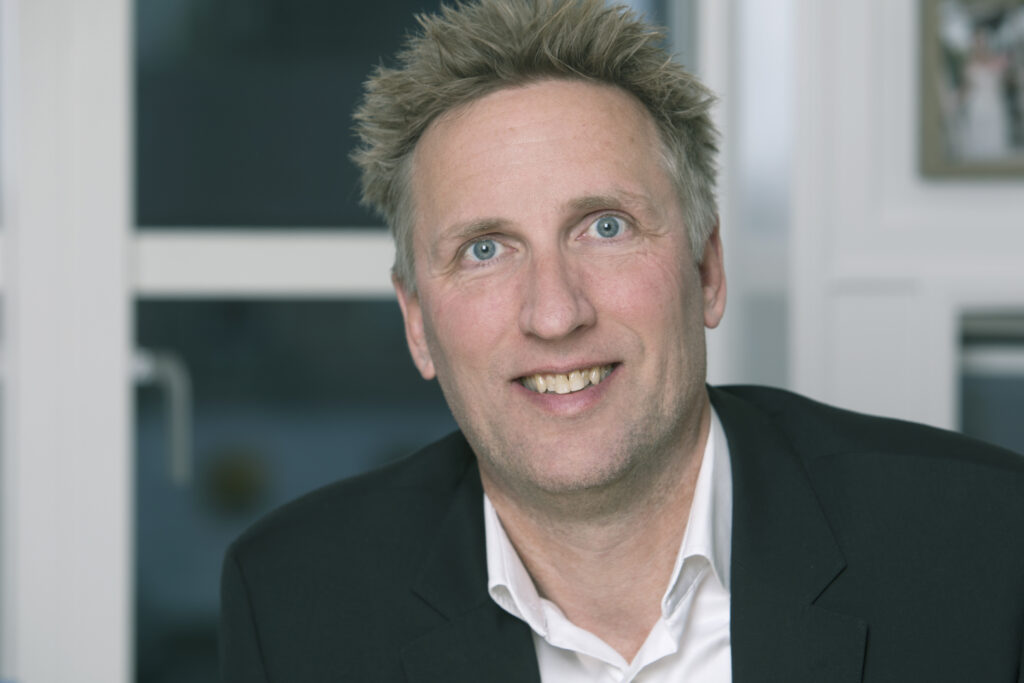
Expanding mining is the most interesting industry to international investors, Frederiksen says, and this is part of the government’s plans for future growth.
“We say Greenland has two financial pillars: fishing and grants. Greenland wants to diversify its economy, though on a positive note the grants give stability to the economy here, so we aren’t impacted when the rest of the world’s economy goes up and down,” said Keldsen.
Fishing for shellfish, cod and mackerel (NB: not always sustainably) in the North Atlantic accounts for 98% of Greenland’s exports, so the country is looking to diversify into mining and tourism, he said.
Tourism
In an effort to grow the nascent tourism industry, Greenland in November 2024 will open an international airport with two new runways in Nuuk with flights to and from North America and Europe. There are also plans for a new airport in Qaqortoq, a town in southern Greenland surrounded by a system of fjords. New York would be only a 3-4 hour flight from Nuuk, and parts of Canada even closer.
Tourists who currently visit Greenland arrive on cruise ships for an adventure holiday. Tourist activities include hiking and staying overnight on the Polar icecap, while the less adventurous can watch the Northern Lights from an outdoor pool or spa, take a sightseeing boat, go dog sledding or experience local Inuit culture.
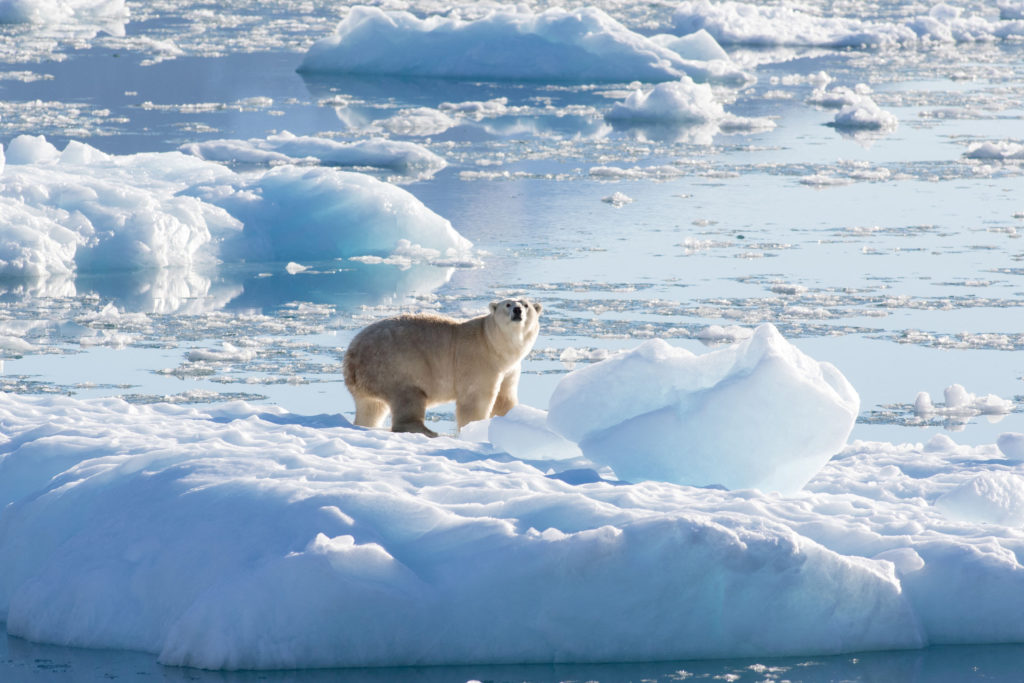
Strategic geographic location
Greenland for many years has been considered a strategic ally to the U.S. government and military, since it is equidistant between Moscow and Washington DC. Thule Airforce Base in April 2023 was renamed and repurposed to be the Pituffik Space Base. It is an active U.S. Space Force Base, and specifically addresses the U.S.’s and Denmark’s mutual defense. Pituffik, pronounced bee-doo-FEEK, is the U.S. military’s northernmost installation.
The U.S. military’s website says Pituffik Space Base’s “Top of the World” vantage point enables space superiority. Pituffik Space Base supports missile warning, missile defense and space surveillance missions from the solid-state phased-array radar.
For more information:
Greenland Business Association: https://sulisitsisut.gl/en/
Arctic Economic Council: https://arcticeconomiccouncil.com
Pituffik Space Base: https://www.petersonschriever.spaceforce.mil/Pituffik-SB-Greenland/